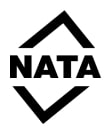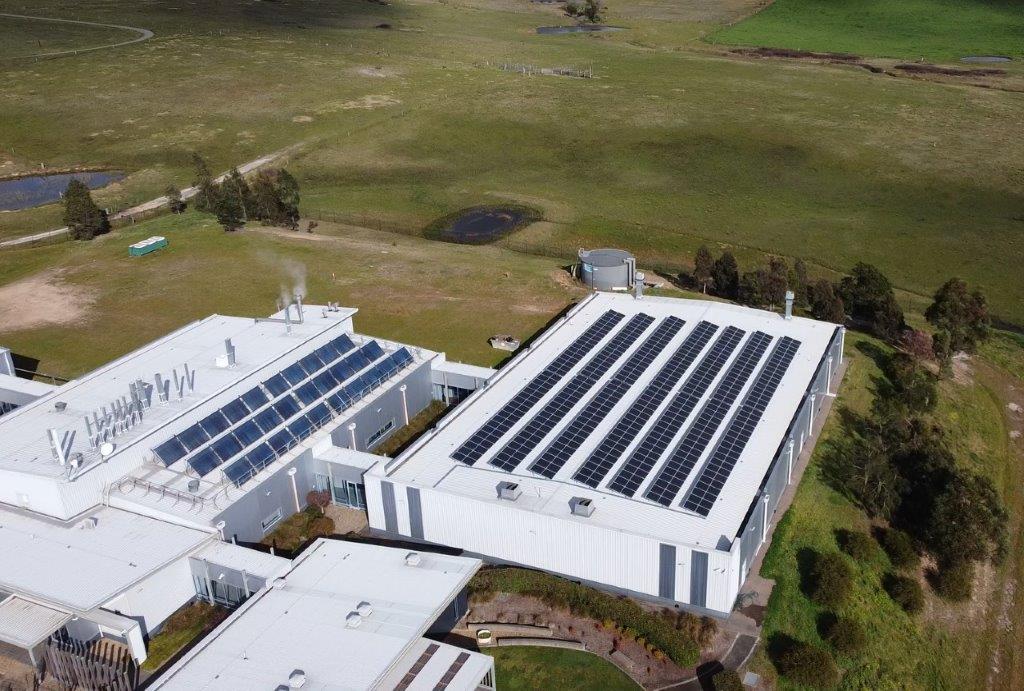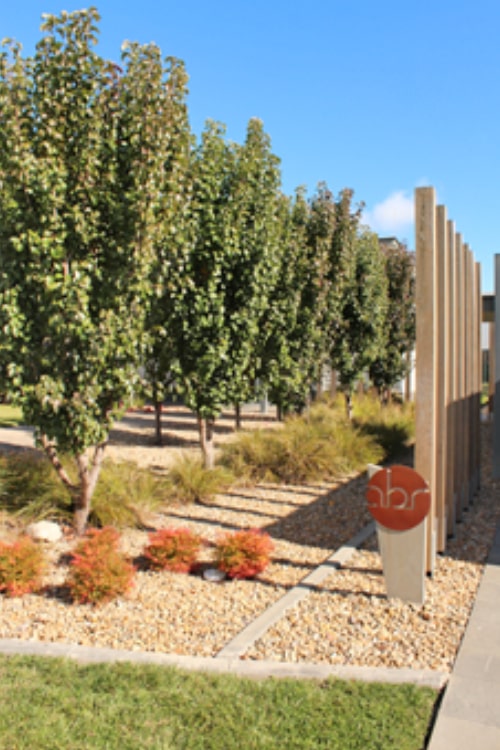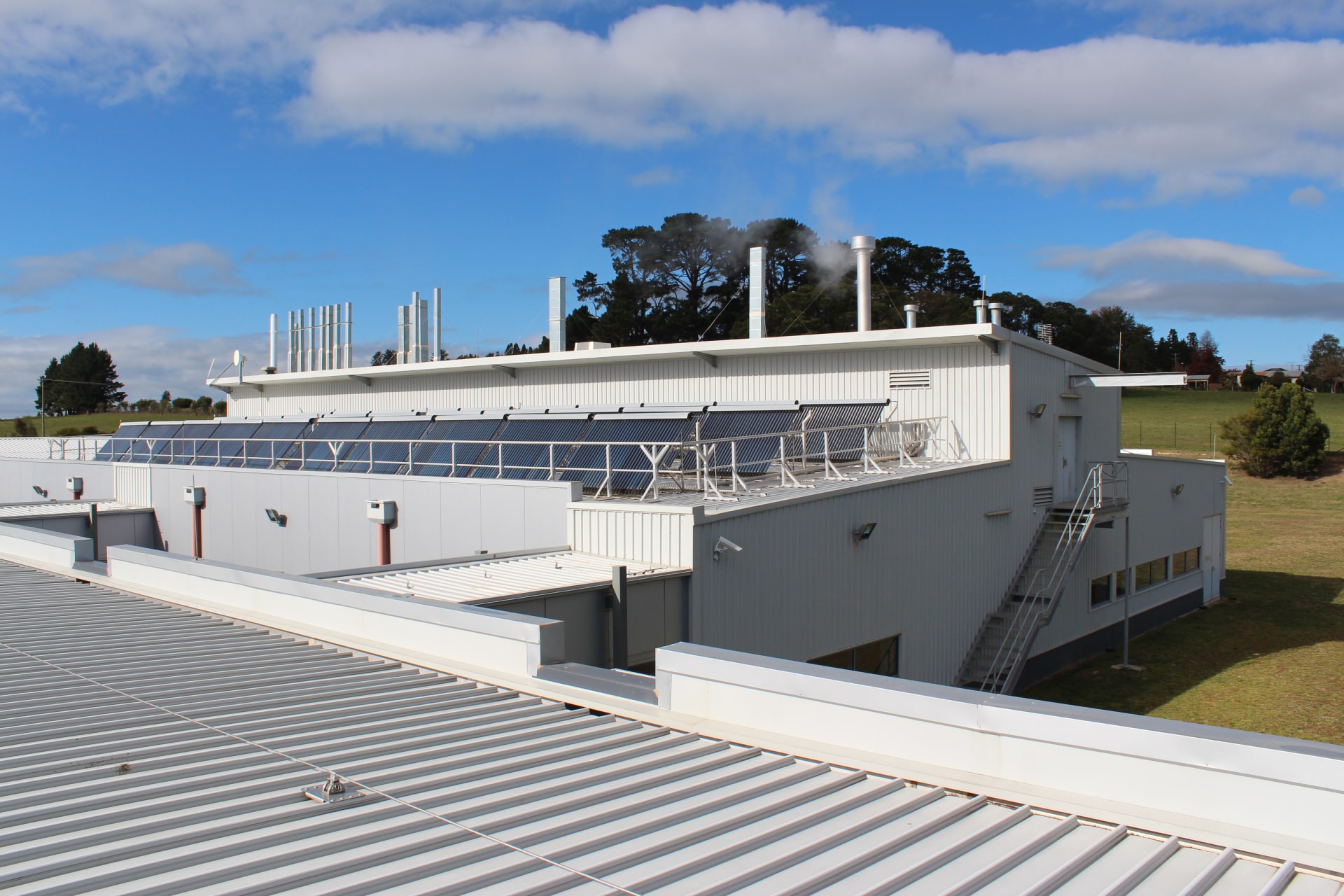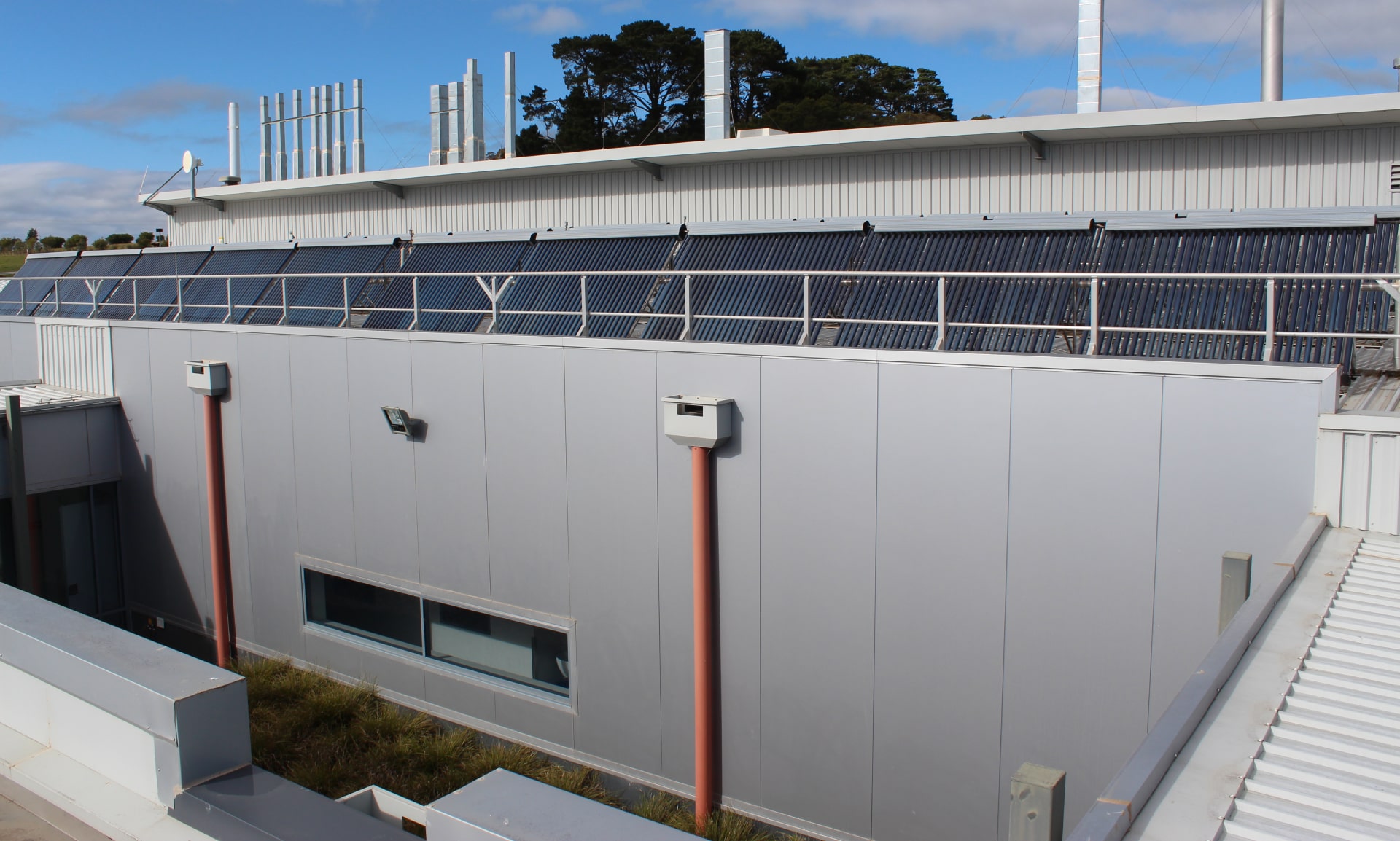The ABR facility in Moss Vale has been built to achieve a high quality, secure environment for the animals with minimal environmental impact and low facility operating costs
// Environmental Impact
Power Savings
- The buildings are highly insulated to minimise the cost of temperature regulation.
- Nine hundred solar collector tubes have been deployed on the roof to supplement the process hot water system.
- The plant is natural gas fired rather than electrical.
- High efficiency chillers with frictionless bearings save power.
- High efficiency fluorescent tubes or LEDs are used in conjunction with occupant sensors.
- The design of the administration building encourages the use of natural ventilation and has a hydronically heated concrete floor.
- In 2020 a 100kW solar power system with 245 panels was installed on top of the Animal Pavilion and will generate around 119MW/year. This equates to 12 tonnes of CO2 saved from being released into our atmosphere annually. The system has a 30 year lifespan so ABR will be helping to reduce greenhouse gas emissions well into the future.
Water Savings
- Rainwater is collected from the roof and stored for use in toilets and steam production. Site run-off water is collected in dams with reed-bed filtration systems and used to maintain the landscaped gardens.
- The facility is surrounded by extensive plantings of trees, grasses and shrubs.
- ABR installed a new filtration system in June 2023, a dual HR7120 RO system that produce a combined 240l/hour
- The monthly water savings is approx. 8000L/ month or 93000L/year.
Recycling
- The soiled bedding and waste from cages is collected and recycled as compost saving 90 tons of landfill.
- All cardboard and plastic is collected, bailed and recycled.
- A reuse programme for mouse transport containers is carried out with Partner Institutes. On each delivery the facility van will collect transport shippers used in previous deliveries and return them to ABR for sterilisation and re-use.
Conservation
- All efforts are made to reduce the production of excess animals as per our Animal Welfare Ethics requirements.
- Non-GM mice surplus to research needs are distributed to wildlife parks, helping in the rehabilitation of injured wildlife and conservation of native species. These include several raptor and reptile species.

